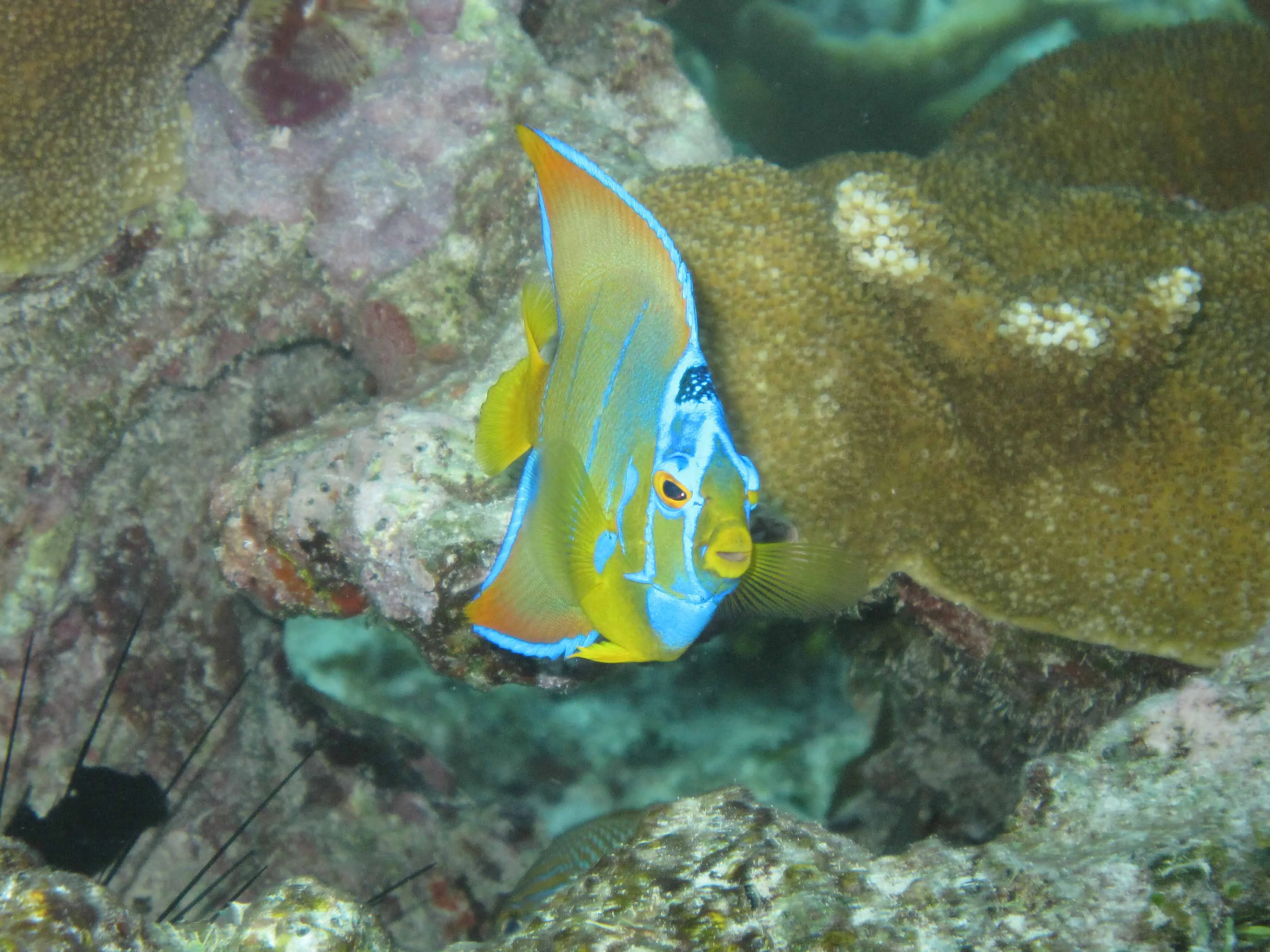
The Ultimate Guide to Biscayne National Park Snorkeling: Best Gear, Tours & Hidden Spots
Why Biscayne National Park is a Snorkeler's Paradise
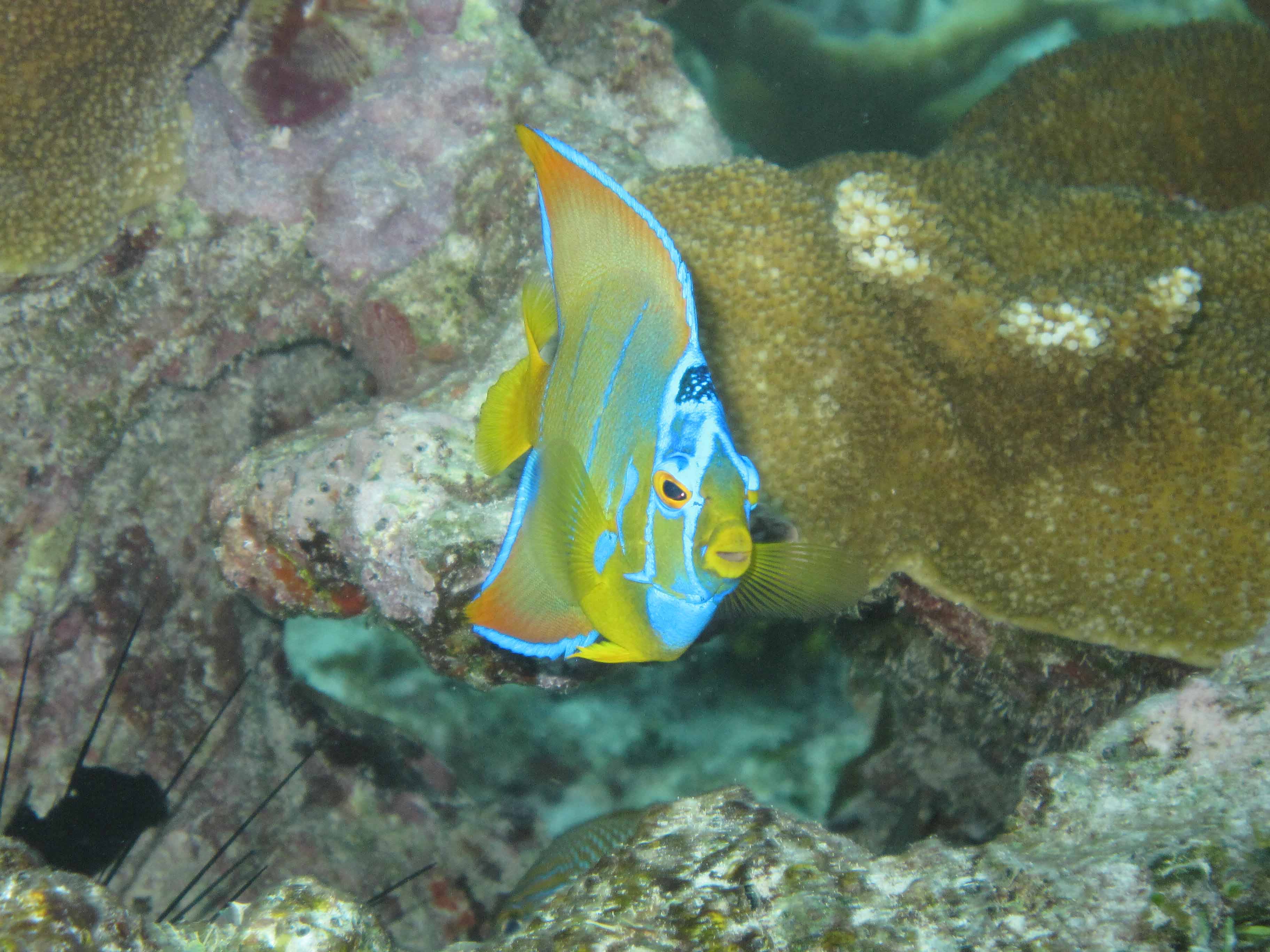
Located just 30 minutes south of Miami, Biscayne National Park snorkeling offers an unparalleled underwater experience in America's most accessible coral reef system. With 95% of its 173,000 acres submerged beneath crystal-clear waters, this national park protects the northernmost living coral reefs in the continental United States.
What makes Biscayne National Park truly special is its incredible diversity. The park encompasses turquoise waters, emerald mangrove islands, and fish-bejeweled coral reefs that support over 600 species of marine life. From colorful parrotfish and graceful sea turtles to playful dolphins and gentle manatees, every snorkeling session here feels like diving into a living aquarium.
The park's unique location where Biscayne Bay meets the Atlantic Ocean creates distinct ecosystems perfect for snorkeling. You can explore shallow mangrove nurseries in the morning and venture to deeper coral reefs in the afternoon, all within the same park. This diversity, combined with year-round warm waters averaging 73-78°F, makes Biscayne National Park snorkeling a world-class destination for underwater enthusiasts.
Did You Know? Biscayne National Park is home to the world's third-largest coral reef system, featuring ancient brain corals, vibrant sea fans, and the endangered Elkhorn coral that's crucial for reef-building.
Top 5 Snorkeling Spots You Can't Miss
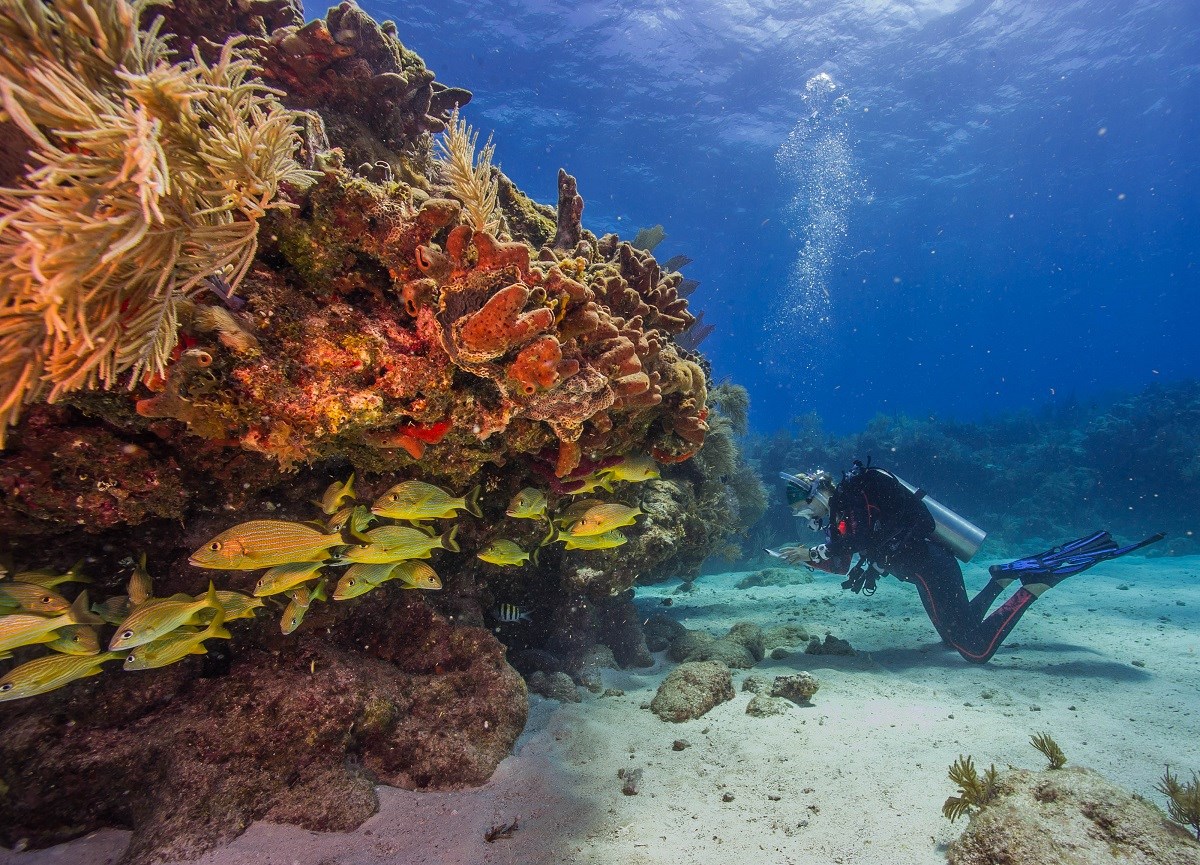
1. Oceanside Patch Coral Reefs
The crown jewel of Biscayne National Park snorkeling lies in the patch coral reefs scattered throughout the Atlantic waters. These isolated coral outcroppings rise from sandy bottoms, creating underwater oases teeming with marine life. Brain corals, purple sea fans, and the critically important Elkhorn coral create a kaleidoscope of colors and textures.
During my visits, I've encountered schools of yellowtail snapper, colorful angelfish, and even the occasional nurse shark gliding peacefully along the reef. The visibility here often exceeds 50 feet during calm conditions, making it perfect for underwater photography. Access requires calm weather conditions, typically during summer months.
2. Maritime Heritage Trail Shipwrecks
Biscayne's Maritime Heritage Trail features six historic shipwrecks, three of which are perfect for snorkeling due to their shallow depths. The Mandalay, a luxury schooner that ran aground on New Year's Day 1966, sits in just 10-15 feet of water. Fish love sheltering among the wreckage, creating an artificial reef ecosystem.
The Arratoon Apcar, an iron steamship from 1878, offers another fascinating snorkeling experience. Its hull and beams, now covered in coral growth, provide habitat for countless marine species. These wrecks tell the story of Florida's maritime history while serving as underwater museums accessible to snorkelers of all skill levels.
3. Mangrove Forests and Nurseries
Don't overlook the mangrove forests when planning your Biscayne National Park snorkeling adventure. These underwater forests serve as nurseries for juvenile fish and provide unique snorkeling experiences. The maze-like prop roots create underwater tunnels and channels where you might spot seahorses, juvenile parrotfish, and colorful crabs.
4. Fowey Rocks Lighthouse
Known as the "Eye of Miami," this historic lighthouse built in the 1870s offers excellent snorkeling around its base. The structure attracts various fish species, and the surrounding waters often provide encounters with rays and sea turtles. The lighthouse serves as a reference point and adds historical context to your underwater exploration.
5. Elliott Key and Adams Key Waters
The waters surrounding these keys offer protected snorkeling areas with seagrass beds and coral patches. Elliott Key, the largest island in the park, provides numerous entry points for shore-based snorkeling. Adams Key offers more secluded experiences with pristine beaches and clear waters perfect for beginners.
Guided Tours vs. Self-Exploration
Biscayne National Park Institute Tours
The Biscayne National Park Institute offers the most comprehensive Biscayne National Park snorkeling experiences. As the official partner of the National Park Service, they provide educational tours led by knowledgeable guides who share insights about marine ecosystems, conservation efforts, and park history.
Their half-day snorkel experiences cost around $45 per person and include all necessary equipment. Tours depart from the Dante Fascell Visitor Center and typically visit coral reefs, shipwrecks, or mangrove areas depending on weather conditions. Group sizes are limited to 16 people, ensuring personalized attention and minimal environmental impact.
For a more comprehensive experience, consider their six-hour "Sail, Paddle, and Snorkel" adventure. This tour combines sailing across Biscayne Bay, kayaking through mangroves, and snorkeling at prime locations. The sailing component adds a romantic element to the experience while providing time to spot dolphins and seabirds.
Alternative Tour Operators
Several authorized operators provide Biscayne National Park snorkeling tours, including Ace Diving and Diver's Paradise. These companies focus primarily on scuba diving but offer snorkeling options. Prices are comparable to park institute tours, but the educational component may be less comprehensive.
Self-Guided Exploration
Experienced snorkelers can explore independently by renting boats or joining private charters. However, navigating Biscayne's waters requires local knowledge of tides, currents, and protected areas. Self-guided exploration works best for those familiar with marine environments and boat operation in coral reef areas.
Safety Note: Always check weather conditions before heading out. Biscayne's waters can become rough quickly, and tour operators may cancel trips during adverse conditions for safety reasons.
5 Best Snorkeling Gear Sets for Biscayne
Having the right equipment enhances your Biscayne National Park snorkeling experience significantly. Based on extensive testing and user reviews, here are the top 5 snorkeling gear sets perfect for Biscayne's conditions:

1. GoOsprey Mask Fins Snorkel Set - Amazon's Choice
This Amazon's Choice set features a panoramic tempered glass mask, dry-top snorkel with splash guard, and adjustable swim fins. Perfect for Biscayne National Park snorkeling with its anti-fog technology and comfortable silicone skirt. Users praise its reliability and value for money.
Best For: Beginners to intermediate snorkelers, excellent anti-fog performance, comfortable extended wear

2. U.S. Divers Cozumel Snorkeling Set - Professional Choice
A premium set from the trusted U.S. Divers brand, featuring a 2-window mask, splash-top snorkel with purge valve, and dual composite vented fins. Ideal for frequent Biscayne National Park snorkeling adventures with its professional-grade construction and comfortable fit.
Best For: Experienced snorkelers, longer sessions, those wanting professional-grade equipment

3. WONDSY Mask Fin Snorkel Set - Best Value
Outstanding value set with 180° panoramic view mask, dry-top snorkel, and travel-size fins. The tempered glass lens and comfortable silicone materials make it perfect for Biscayne National Park snorkeling. Highly rated by users for comfort and performance.
Best For: Best overall value, comfortable fit, travel-friendly compact design

4. Honlanor Snorkel Set - Budget Champion
Incredible budget option without compromising quality. Features tempered glass lens, anti-fog coating, and dry-top snorkel. Perfect for first-time visitors to Biscayne National Park snorkeling or as backup gear. Comes with convenient carry bag.
Best For: Budget-conscious buyers, first-time snorkelers, backup gear

5. ZEEPORTE Travel Size Snorkeling Gear - Traveler's Choice
Specifically designed for travel with compact trek fins and panoramic anti-fog mask. The travel-size design makes it perfect for flying to Biscayne National Park snorkeling adventures. Despite compact size, delivers excellent performance in the water.
Best For: Frequent travelers, compact luggage, excellent brand reputation
Pro Tip: The Biscayne National Park Institute rents complete snorkel sets for $16, or individual fins for $6. However, having your own gear ensures proper fit and hygiene, especially for multiple visits to this incredible fat bear week 2024 destination and other national parks.
My Personal Biscayne Snorkeling Adventure
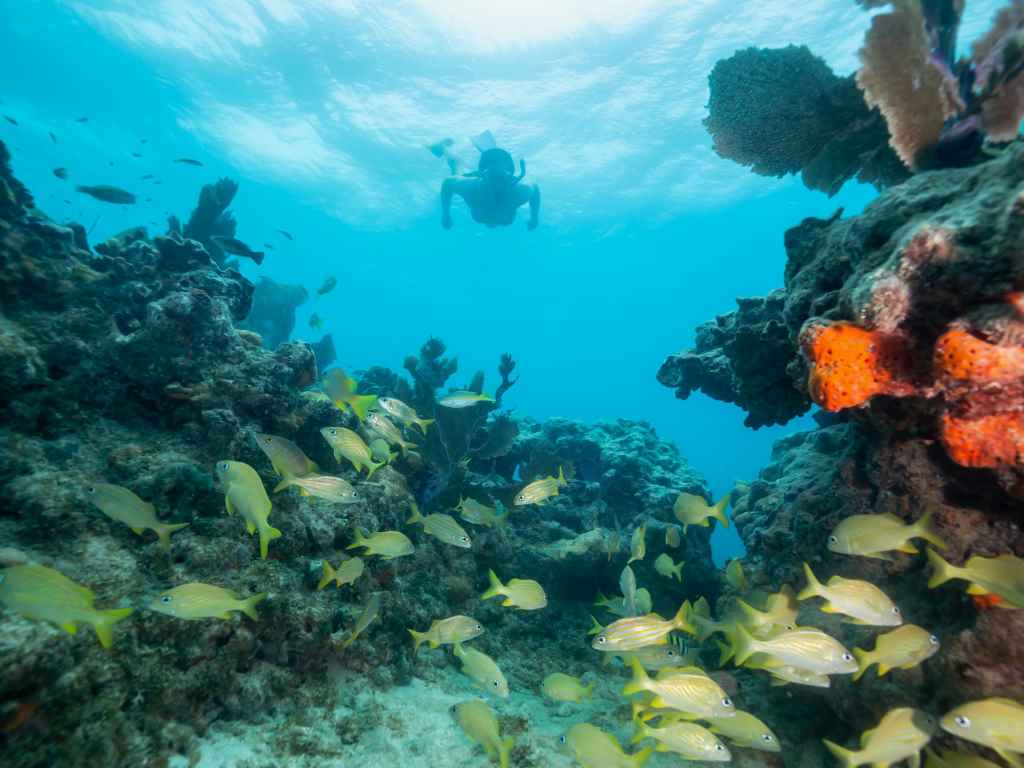
Last December, I embarked on my first Biscayne National Park snorkeling adventure, and it completely exceeded my expectations. As someone who has explored various underwater destinations, including Virgin Islands National Park, I was curious how Biscayne would compare.
I chose the Biscayne National Park Institute's half-day snorkel experience, departing at 10 AM from the Dante Fascell Visitor Center. Our group of 12 included families with children, experienced divers, and nervous first-timers. Captain Maria, our guide with over 15 years of experience in these waters, immediately put everyone at ease with her knowledge and enthusiasm.
The 30-minute boat ride across Biscayne Bay was spectacular. We spotted bottlenose dolphins playing in our wake and several brown pelicans diving for fish. Captain Maria explained how the park's ecosystems are interconnected - from the mangrove nurseries we were passing to the coral reefs we'd soon explore.
Underwater Magic at the Patch Reefs
Our destination was a patch coral reef about 5 miles offshore. As we anchored in 15 feet of crystal-clear water, I could already see the coral formations below. The visibility was exceptional - easily 60 feet - making the reef appear like an underwater garden.
The moment I slipped into the water, I was surrounded by life. Schools of yellowtail snapper moved like silver clouds, while sergeant major damselfish defended their territories with surprising aggression. Brain corals the size of coffee tables created underwater landscapes, and purple sea fans swayed gently in the current.
The highlight came when Captain Maria pointed out a green sea turtle gliding effortlessly above the reef. This magnificent creature, probably 3 feet across, showed no fear as our group watched from a respectful distance. According to Maria, sea turtle sightings are common in Biscayne National Park snorkeling tours, especially during winter months.
Lessons Learned from a Park Ranger
During our surface intervals, Captain Maria shared invaluable insights about reef conservation. She explained how climate change affects coral health and the park's ongoing restoration efforts. "Every visitor becomes a steward," she said, emphasizing how proper snorkeling techniques help preserve these fragile ecosystems.
She also provided practical tips I hadn't considered. For instance, she recommended arriving early in the day when marine life is most active, and suggested bringing a reef identification card to enhance the educational experience. Her advice about sun protection was particularly valuable - the water's clarity means UV rays penetrate deeper than expected.
Ranger's Wisdom: "The best Biscayne National Park snorkeling happens when you slow down and observe. Don't chase fish - let them come to you. The reef reveals its secrets to patient visitors." - Captain Maria, BNPI Guide
Comparing this experience to my previous underwater adventures, including those in other national parks, Biscayne stands out for its accessibility and diversity. Unlike remote destinations requiring extensive travel, this underwater paradise sits just minutes from one of America's major cities.
Essential Planning Tips & When to Visit
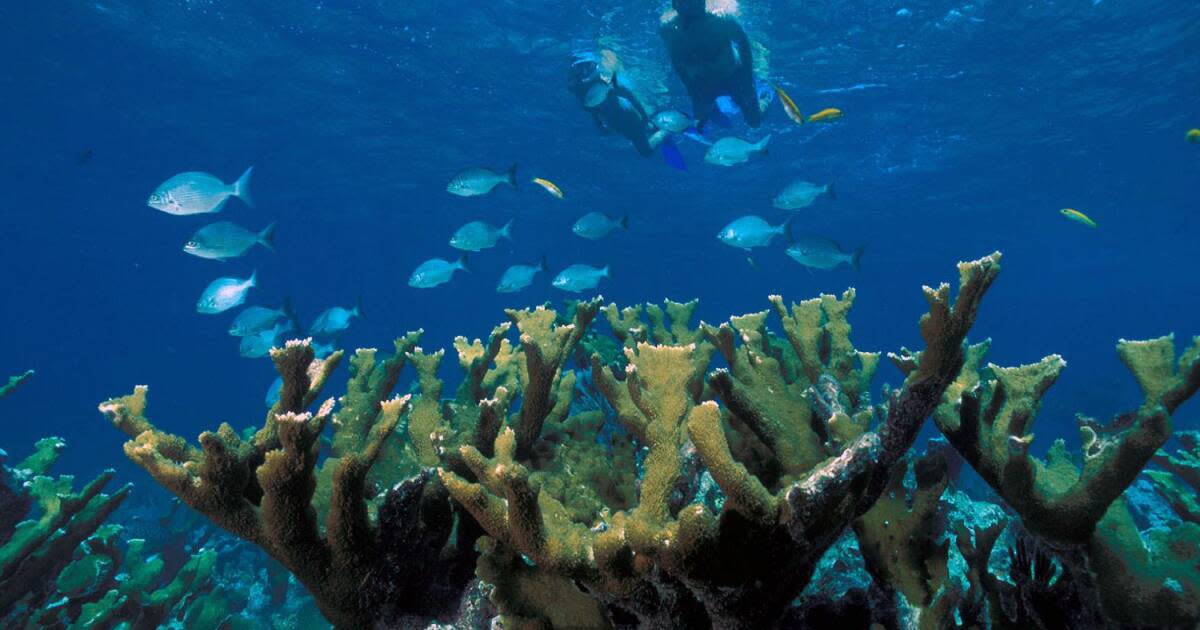
Best Time for Biscayne National Park Snorkeling
The optimal season for Biscayne National Park snorkeling runs from November through April. During these winter months, water temperatures average 73-78°F, weather conditions are most stable, and visibility often exceeds 50 feet. This dry season also coincides with reduced rainfall and calmer seas.
Summer months (May through October) bring warmer water temperatures (80-84°F) but also increased rainfall, afternoon thunderstorms, and the possibility of tropical weather systems. However, summer offers the best chance of accessing offshore coral reefs due to calmer ocean conditions.
What to Pack for Your Adventure
Essential Gear
- • Reef-safe sunscreen (mineral-based)
- • Quick-dry towel
- • Water shoes or sandals
- • Waterproof phone case
- • Reusable water bottle
Clothing & Protection
- • UV-protective rashguard
- • Hat and sunglasses
- • Light windbreaker for boat rides
- • Swimwear suitable for active swimming
- • Dry clothes for after the trip
Getting There and Park Access
The park headquarters at Convoy Point (Dante Fascell Visitor Center) is located at 9700 SW 328th Street, Homestead, FL. From Miami International Airport, the drive takes approximately 45 minutes via US-1 South. Free parking is available at the visitor center.
Unlike many national parks, Biscayne has no entrance fee. However, tour fees apply for guided Biscayne National Park snorkeling experiences. Reservations are strongly recommended, especially during peak season (December-April) and weekends.
Safety Considerations
Weather conditions can change rapidly in South Florida. Always check marine forecasts before heading out, and be prepared for tour cancellations during adverse conditions. The park's waters can experience strong currents, especially near channel entrances and reef edges.
Important: Never touch coral reefs or marine life. Maintain buoyancy control to avoid damaging fragile ecosystems. Some areas have strong currents - always follow your guide's instructions and stay with the group.
For those planning extended outdoor adventures in Florida, consider exploring backpacking gear recommendations for camping on nearby Elliott Key or Adams Key. The park offers primitive camping opportunities that complement your snorkeling experience.
Frequently Asked Questions
Do I need to be an experienced swimmer for Biscayne National Park snorkeling?
While basic swimming skills are required, you don't need to be an expert swimmer. Most tours provide life jackets or flotation vests, and guides stay close to assist participants. The calm, shallow waters of many snorkeling sites make it accessible for beginners. However, you should be comfortable in water and able to tread water for short periods. If you're nervous about swimming, consider taking a basic swimming lesson before your visit or inform your tour guide about your concerns.
What marine life can I expect to see while snorkeling?
Biscayne National Park hosts incredible biodiversity with over 600 fish species. Common sightings include colorful parrotfish, angelfish, sergeant major damselfish, and yellowtail snapper. You might encounter sea turtles, gentle nurse sharks, stingrays, and even manatees in certain areas. The coral reefs feature brain corals, sea fans, and the endangered Elkhorn coral. Seasonal visitors include dolphins and various bird species. Marine life activity is typically highest during early morning hours and varies by location within the park.
Can I bring my own snorkeling equipment or should I rent?
Both options work well for Biscayne National Park snorkeling. The park institute rents complete sets for $16 or individual items (fins for $6, masks for $5). Bringing your own gear ensures proper fit, hygiene, and familiarity with the equipment. If you plan multiple snorkeling trips or have specific fit requirements, purchasing quality gear is worthwhile. However, rental gear is well-maintained and suitable for occasional visitors. Consider your budget, storage space, and frequency of use when deciding between renting and purchasing.
Are there age restrictions for snorkeling tours?
Most Biscayne National Park snorkeling tours have a minimum age requirement of 8 years old. Children must be accompanied by adults and comfortable in water. Some operators offer family-friendly tours with shorter durations and shallower locations suitable for younger participants. Life jackets are provided for all ages, and guides are experienced in working with families. Parents should honestly assess their child's swimming ability and comfort level in open water before booking. Private tours can often accommodate special needs or younger children with advance notice.
What happens if weather conditions are poor on my scheduled day?
Tour operators prioritize safety and will cancel trips during adverse weather conditions including thunderstorms, high winds, or rough seas. Most companies offer full refunds or rescheduling options for weather-related cancellations. It's recommended to have flexible travel plans and book tours early in your visit to allow for rescheduling. Summer months have higher chances of afternoon thunderstorms, while winter offers more predictable conditions. Always check weather forecasts before your trip and communicate with tour operators about backup plans for your Biscayne National Park snorkeling adventure.
How does Biscayne compare to other Florida snorkeling destinations?
Biscayne National Park offers unique advantages over other Florida snorkeling locations. Its proximity to Miami makes it highly accessible, while the protected national park status ensures pristine conditions. The diversity of environments - from mangroves to coral reefs to shipwrecks - provides varied experiences in one location. Compared to the Florida Keys, Biscayne has less crowded conditions and lower costs. The educational component from park rangers adds value beyond just recreational snorkeling. However, the Keys may offer slightly better visibility and more developed infrastructure for extended stays.
Conclusion
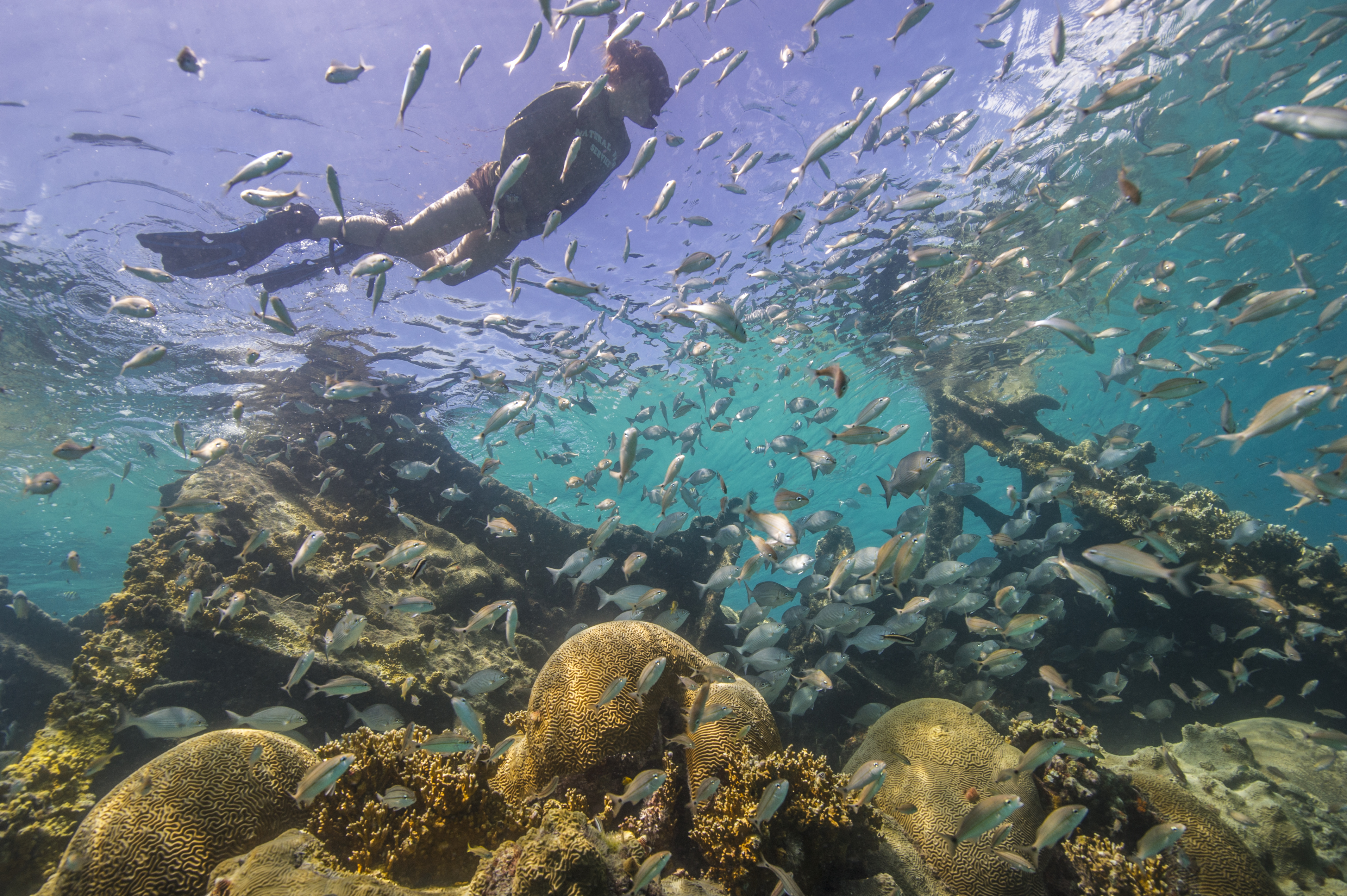
Biscayne National Park snorkeling offers an unparalleled opportunity to explore America's most accessible coral reef system. This underwater paradise, located just 30 minutes from Miami, provides world-class marine experiences without the need for extensive travel or expensive dive certifications.
From the vibrant patch coral reefs teeming with tropical fish to the historic shipwrecks of the Maritime Heritage Trail, every snorkeling session here reveals new wonders. The park's unique combination of mangrove nurseries, seagrass beds, and coral ecosystems creates diverse underwater environments that cater to all skill levels and interests.
Whether you choose a guided tour with the Biscayne National Park Institute or venture out independently, proper preparation enhances your experience significantly. Investing in quality snorkeling gear, understanding seasonal conditions, and respecting marine ecosystems ensures both personal safety and environmental conservation.
The accessibility of Biscayne National Park snorkeling makes it an ideal introduction to underwater exploration for beginners, while experienced snorkelers will appreciate the biodiversity and pristine conditions. With over 600 species of marine life, the chance of encountering sea turtles, dolphins, and colorful reef fish remains high throughout the year.
As climate change continues to threaten coral reef systems worldwide, visiting Biscayne National Park provides an opportunity to witness conservation efforts firsthand. Every responsible visitor contributes to the park's mission of protecting these irreplaceable underwater treasures for future generations.
Ready to Dive In?
Start planning your Biscayne National Park snorkeling adventure today! Book your guided tour, select the perfect gear, and prepare for an unforgettable underwater experience in America's aquatic wonderland.
Remember that Biscayne National Park is just one of many incredible outdoor destinations waiting to be explored. From the wilderness adventures featured during Fat Bear Week 2024 to the tropical paradises of the Virgin Islands National Park, our planet offers endless opportunities for nature enthusiasts to connect with the underwater world.
Your Biscayne National Park snorkeling adventure awaits - dive in and discover why this hidden gem ranks among America's most spectacular underwater destinations.

